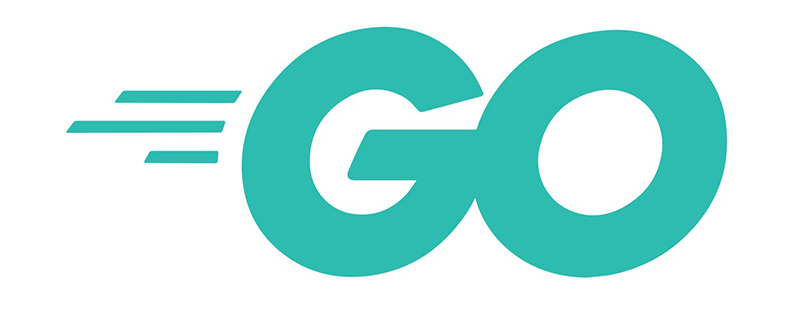你提供的代码片段已经实现了将数据结构打包成 JSON 格式。下面是对该代码的逐步解释和补充说明:
代码解析
创建
QJsonObject:QJsonObject jsonRoot;这里创建一个 JSON 对象,名为
jsonRoot,用于存储最终的 JSON 数据。插入命令类型:
jsonRoot.insert(CMD_TYPE, QString::number((int)E_IPCCMD_NOTIFY_RECONGIZER));将命令类型(假设
CMD_TYPE是一个字符串常量)转换为整型并插入到 JSON 对象中。插入其他字段:
jsonRoot.insert("key", s_notify.szKey); jsonRoot.insert("pgs", s_notify.szPage); jsonRoot.insert("htk", s_notify.szHTKText);将不同的通知信息(如
szKey,szPage,szHTKText)插入到 JSON 对象中。这些字段应该是你在通知结构体中的成员。构建可读数组:
QJsonArray readableArray; for (auto it = s_notify.readableMap.begin(); it != s_notify.readableMap.end(); ++it) { QJsonObject jsonObj; jsonObj["word"] = it.key(); jsonObj["slot"] = it.value(); readableArray.append(jsonObj); } jsonRoot.insert("readable", readableArray);在这部分,你从一个名为
readableMap的映射(可能是一个QMap<QString, QVariant>或类似的容器)中迭代每个键值对。对于每个键值对,创建一个新的 JSON 对象,并将其添加到数组中,最后将这个数组插入到主 JSON 对象中。生成 JSON 文档:
QJsonDocument document; document.setObject(jsonRoot); QByteArray jsonByte = document.toJson(QJsonDocument::Compact);创建一个
QJsonDocument并设置为包含前面构建的jsonRoot。最后,将该文档转换为紧凑格式的字节数组,这样可以方便地进行输出或存储。
示例完整代码
如果您想要在某个函数或类方法中使用上述代码,这里有一个更完整的示例上下文:
#include <QCoreApplication>
#include <QJsonDocument>
#include <QJsonObject>
#include <QJsonArray>
#include <QString>
#include <QMap>
struct Notify {
QString szKey;
QString szPage;
QString szHTKText;
QMap<QString, QString> readableMap; // 假设这是你的可读映射
};
void createNotifyJSON(const Notify& s_notify) {
QJsonObject jsonRoot;
// 假定 CMD_TYPE 和 E_IPCCMD_NOTIFY_RECONGIZER 定义如下:
const QString CMD_TYPE = "commandType";
// 假定 E_IPCCMD_NOTIFY_RECONGIZER 是某种枚举类型,你需要确保它可以被转换成 int 类型。
enum Command { E_IPCCMD_NOTIFY_RECONGIZER = 1 };
// 插入命令类型
jsonRoot.insert(CMD_TYPE, QString::number((int)E_IPCCMD_NOTIFY_RECONGIZER));
// 插入其他字段
jsonRoot.insert("key", s_notify.szKey);
jsonRoot.insert("pgs", s_notify.szPage);
jsonRoot.insert("htk", s_notify.szHTKText);
// 构建可读数组
QJsonArray readableArray;
for (auto it = s_notify.readableMap.begin(); it != s_notify.readableMap.end(); ++it) {
QJsonObject jsonObj;
jsonObj["word"] = it.key();
jsonObj["slot"] = it.value();
readableArray.append(jsonObj);
}
// 插入可读数据数组
jsonRoot.insert("readable", readableArray);
// 创建 JSON 文档并生成字节流
QJsonDocument document;
document.setObject(jsonRoot);
QByteArray jsonByte = document.toJson(QJsonDocument::Compact);
// 输出结果(例如打印到控制台)
qDebug() << "Generated JSON:" << jsonByte;
// 如果需要,可以写入文件等操作...
}
int main(int argc, char *argv[]) {
QCoreApplication a(argc, argv);
Notify exampleNotify{
"example_key",
"example_page",
"example_HTK_text",
{{"hello", "slot1"}, {"world", "slot2"}}
};
createNotifyJSON(exampleNotify);
return a.exec();
}
总结
- 此代码段展示了如何构造嵌套 JSON 结构,并通过遍历映射来动态填充内容。
- 确保根据你的实际需求调整变量和数据结构,例如确保包含合适的头文件、枚举定义及其数据初始化。
- 最终生成的字节数组 (
jsonByte) 可以进一步处理,比如发送网络请求、写入文件等。
内容由零声教学AI助手提供,问题来源于学员提问










![/data # iw --debug dev wlan0 connect -w "lucky-5g" auth open key 0:1234567890
Usage: iw [options] dev connect [-w] [] [] [auth open|shared] [key 0:abcde d:1:6162636465] [mfp:req/opt/no]
Join the network with ...](https://linuxcpp.0voice.com/zb_users/upload/2023/05/202305162239148267954.png)
![驱动代码
void kalRxTaskletSchedule(struct GLUE_INFO *pr)
{
static unsigned int num = 0;
tasklet_hi_schedule(&pr->rRxTask[(num++)%NR_CPUS]);
// tasklet_hi_schedule(&pr->rRxTask);
DBGLOG(HAL, ERROR,](https://linuxcpp.0voice.com/zb_users/upload/2023/05/202305162226144313964.png)







